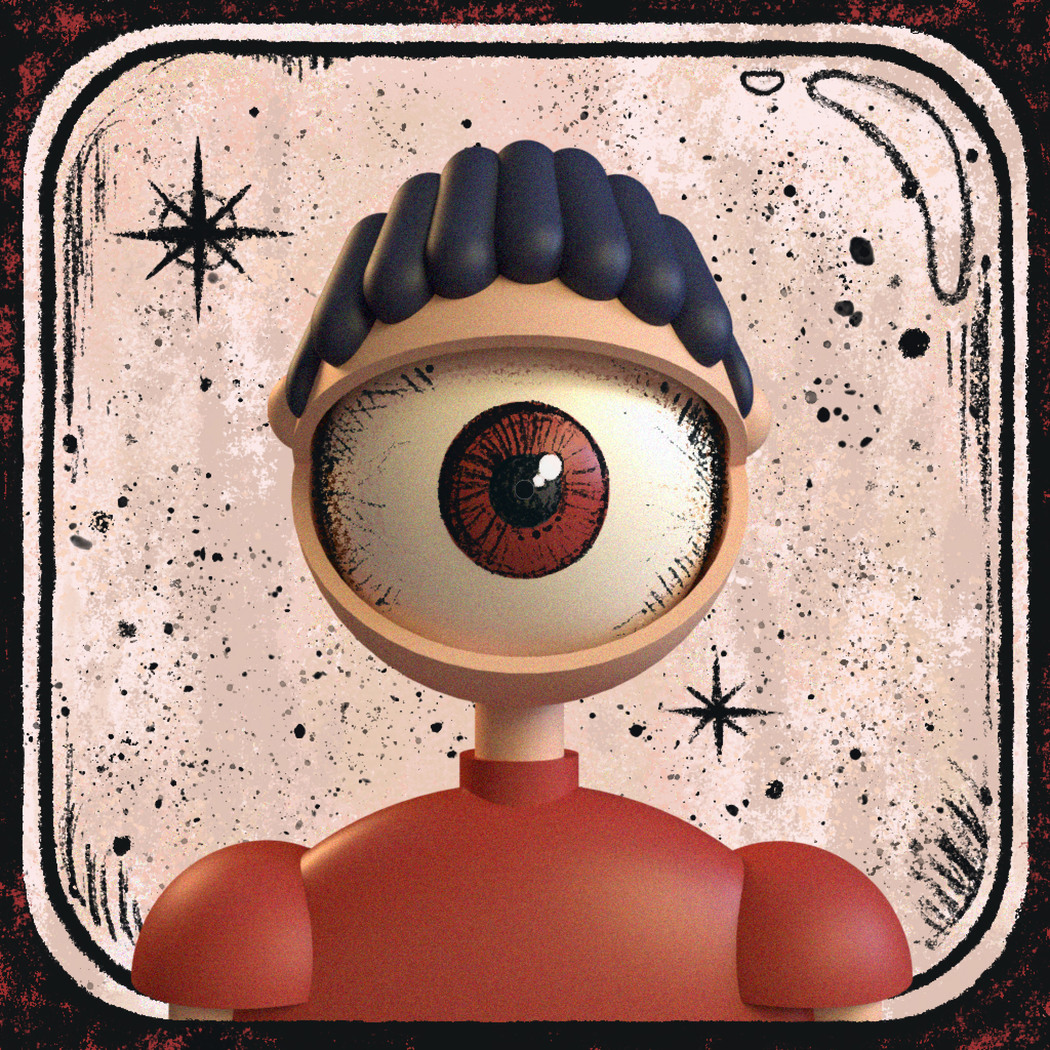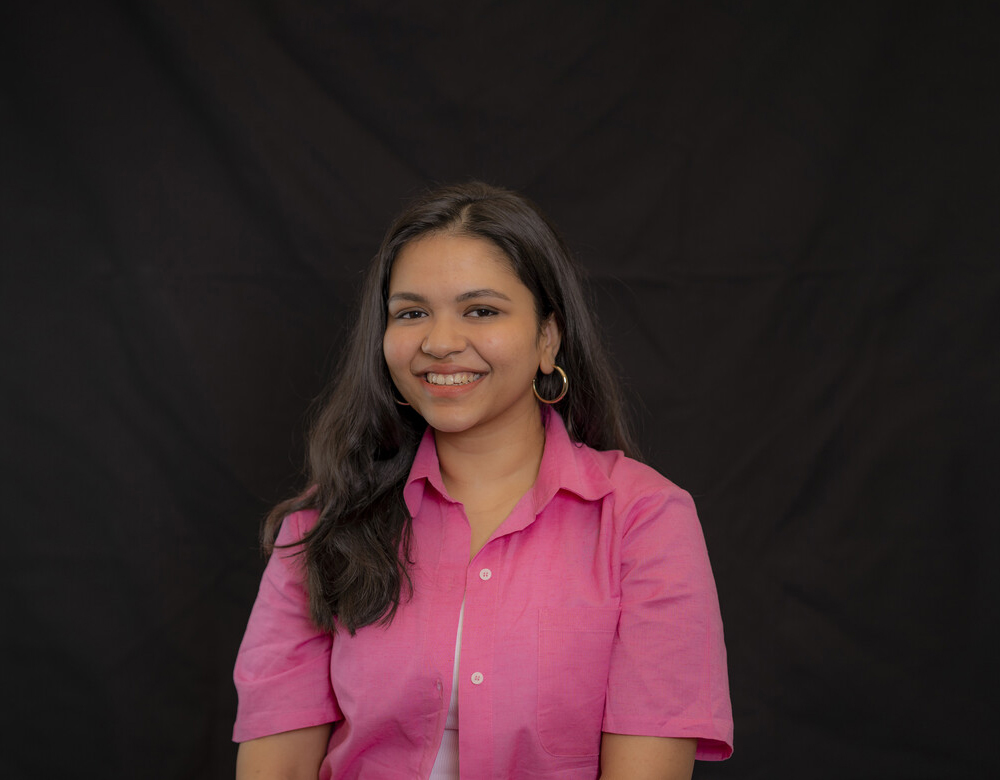Mahima Jain
Where do you live: New York.
Your education: MFA Design & Technology – Parsons School of Design.
Describe your art in three words: Intimate, introspective, imagined.
Your discipline: Visual Arts & Storytelling.
Your work explores the emotional landscape of introspection—how do you translate internal feelings into visual form through 3D illustration?
I start by locating a feeling that’s hard to put into words, something like stillness, retreat, discomfort, vulnerability or hope. Then I build a space around it. 3D illustration gives me control over light, texture, and atmosphere, so I can shape environments that hold that emotion. I often use quiet scenes, minimal palettes, and subtle cues in posture or space to express what words might miss. It’s not about realism, but about building a visual truth around a feeling.
Can you tell us more about the specific moment or experience that sparked this series?
This series began during a time of emotional stillness and uncertainty, when I was working remotely and feeling stuck in place. Each day felt like a loop, and I started creating these small scenes as a way to process what I couldn’t express. At first, it was just a personal outlet. Eventually I realized these fragments were connected. They were all different ways of trying to understand where I was, internally.
 Mahima Jain | Incessant Brooding | 2021
Mahima Jain | Incessant Brooding | 2021
How does your background in design and technology influence your approach to storytelling?
Design taught me how to communicate clearly and intentionally. Technology gave me the tools to build the spaces I could feel but not physically create. I use digital tools to bend reality toward something softer and more symbolic. My background helps me blend structure and emotion, logic and longing, in a way that feels natural to me.
The idea of “invisible confines” appears throughout your work—what do these boundaries represent for you personally and artistically?
They represent the quiet, often unnoticed limits we live with, like self-doubt, internalized expectations, social roles, perfectionism or mental loops. These boundaries are hard to name but easy to feel. Artistically, I try to hold space for what it’s like to live inside those constraints without giving in to them completely. There’s resistance in simply observing them honestly.
Many of your illustrations show characters in stillness—how do you use quiet moments to convey deep emotional states?
Stillness can hold so much. When a figure doesn’t move, the space around them becomes emotionally charged. The gaze, the light, the distance, everything becomes a container for feeling. I use stillness to invite reflection. These quiet scenes aren’t empty, they’re full of emotional tension and softness. They ask the viewer to slow down and feel.
 Mahima Jain | Hopeful | 2021
Mahima Jain | Hopeful | 2021
What role does memory play in your visual storytelling?
A big one. I often draw from emotional memory, not how something looked, but how it felt. The scenes I create aren’t always literal or specific, but they hold the tone of past experiences. I’m interested in the way memory blends clarity and blur, and I try to bring that quality into the spaces I create. It’s a way of holding something tender without needing it to be exact.
Do you see your work as a form of resistance or healing? Or both?
Both. Creating from softness is a quiet form of resistance, especially in a world that often asks us to be guarded. At the same time, the process helps me heal. Visualizing emotions that usually stay hidden allows them space to breathe. That kind of expression holds power. For me, healing and resistance live in the same place, choosing to stay open and honest, even when it’s uncomfortable.


Leave a Reply